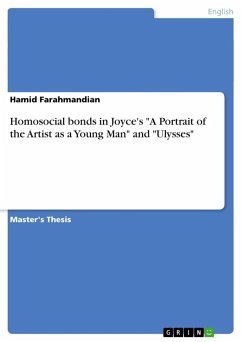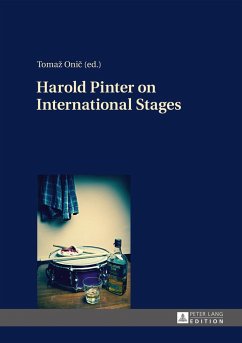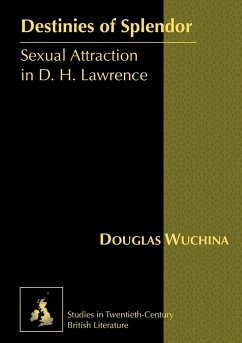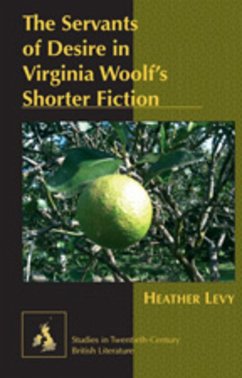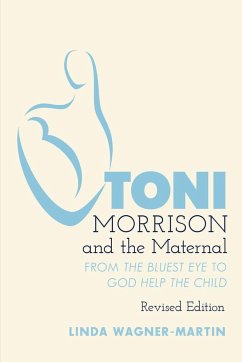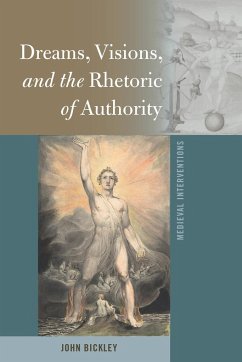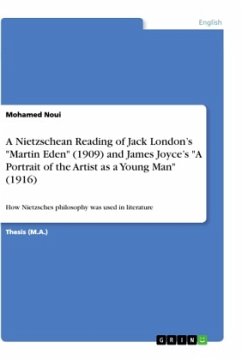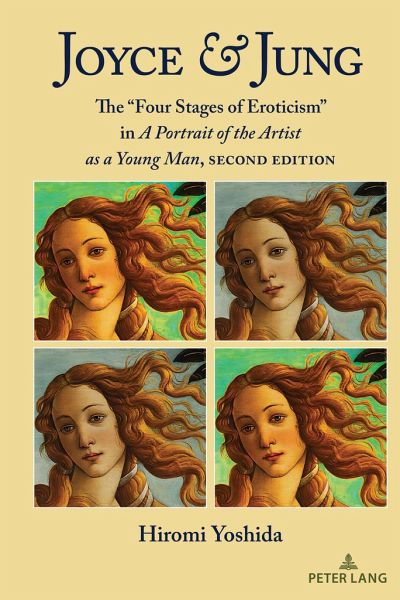
Joyce & Jung
The "Four Stages of Eroticism" in A Portrait of the Artist as a Young Man, Second Edition
Versandkostenfrei!
Versandfertig in 6-10 Tagen
86,65 €
inkl. MwSt.
Weitere Ausgaben:

PAYBACK Punkte
0 °P sammeln!
Joyce & Jung offers a uniquely feminist poststructuralist and post-Jungian psychoanalytic analysis of Stephen Dedalus's psychosexual growth in James Joyce's twentieth-century classic A Portrait of the Artist as a Young Man. Hiromi Yoshida relocates Stephen's growth within the Jungian soul-portrait gallery, known as the "four stages of eroticism," in which Eve, Helen, Mary, and Sophia are collective anima projections. Throughout this dazzling lyrical analysis of poetic identity formation, the mother, the prostitute, the Virgin Mary, and the Bird-Girl are celebrated as Stephen Dedalus's ironical...
Joyce & Jung offers a uniquely feminist poststructuralist and post-Jungian psychoanalytic analysis of Stephen Dedalus's psychosexual growth in James Joyce's twentieth-century classic A Portrait of the Artist as a Young Man. Hiromi Yoshida relocates Stephen's growth within the Jungian soul-portrait gallery, known as the "four stages of eroticism," in which Eve, Helen, Mary, and Sophia are collective anima projections. Throughout this dazzling lyrical analysis of poetic identity formation, the mother, the prostitute, the Virgin Mary, and the Bird-Girl are celebrated as Stephen Dedalus's ironically experienced anima women, who enable his achievement of cross-dressed lyric authority.








